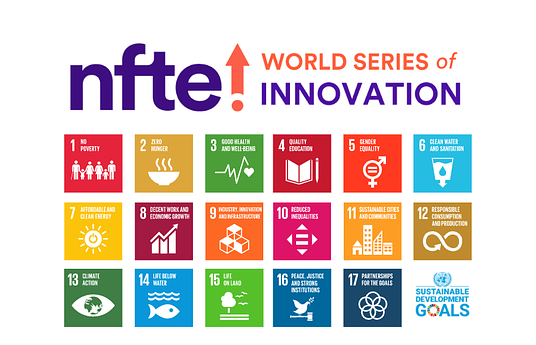Peace of Mind grew out of an attempt to change a school from the inside. In the aftermath of 9/11, founder Linda Ryden saw that a critical piece was missing from the conflict resolution classes she was teaching her students. She built a program to equip students to manage emotions, practice kindness and compassion, and stand up for their beliefs. We are changing the world one school at a time.
The growing focus on mindfulness and social emotional learning in schools is important and overdue. However, in many cases we are teaching these skills for the wrong reasons. Kids need skills not just to calm down but to manage emotions, connect with others, and become peacemakers. And we cannot help children solve conflicts peacefully unless we equip them and their teachers with mindfulness skills, an understanding of brain science, and a greater sense of the far-from-level playing field. While mindfulness practice has enormous benefits for children's personal well being, it is also a powerful tool to help recognize and reckon with systemic injustice in schools and communities. Metacognition skills help students investigate their own thoughts in order to uncover, examine and face implicit bias with compassion and curiosity, not shame and blame. By engaging students as leaders and helping them develop personal agency, we transform their lives and their schools.
Instead of delivering the program ourselves in schools, we provide effective, relevant curriculum and training to the educators who know their own students best. We keep our curriculum and training accessible and affordable, especially for under-resourced communities. We have grown largely through word-of-mouth among educators. Our partnership with google ads for nonprofits has helped other educators find us online. Over the next two years we will expand partnerships with 20+ DC-area schools and develop demonstration classrooms to inspire stakeholders, guide educators and build partnerships to double the number of educators reached nationwide. Our new digital platform, PoMKids, makes programming available to children, in and out of school, reducing barriers of cost and accessibility.
Visit website: review Curriculum page, sample lessons and videos. Purchase curriculum bundle to meet your needs. Take self-paced online training for new PoM teachers. Read the informative “getting started” guidance in the curriculum; practice teaching the first lesson. Teach! Get ongoing support through PoM’s conference, summer institute, in-person training and coaching. Join FB group and YouTube.



